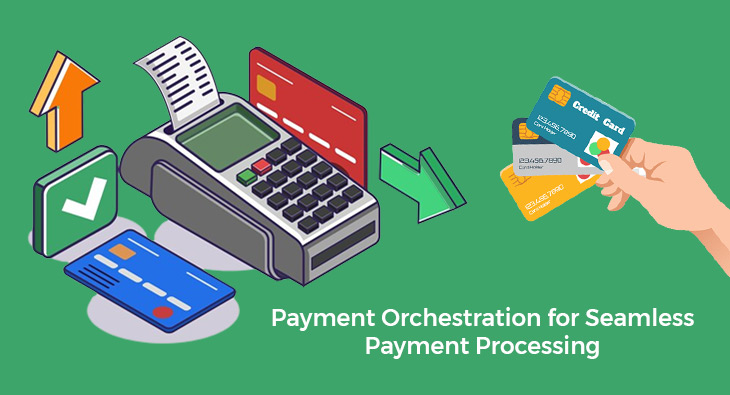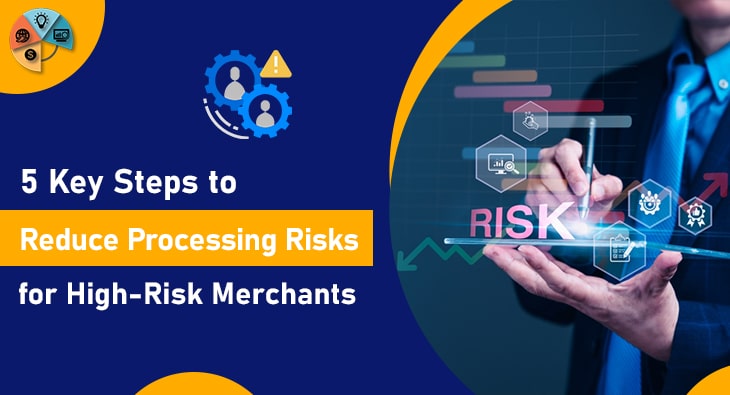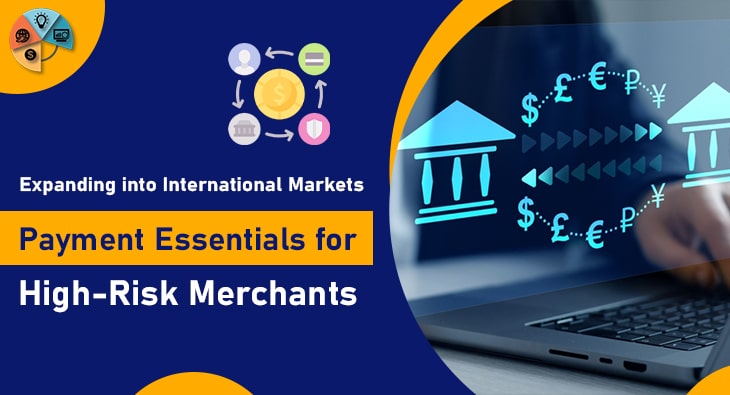Payment Orchestration is an emerging technology that is revolutionizing the way businesses process payments. By streamlining payment processes and integrating multiple payment methods into a single platform, Payment Orchestration provides businesses with the ultimate solution for seamless payment processing. It allows businesses to process payments more efficiently, securely, and cost-effectively, while also providing an enhanced customer experience. In this blog post, we’ll explore what Payment Orchestration is and how it works to optimize payment processing.
Defining Payment Orchestration
In the world of e-commerce, payment processing can be a complex and confusing process. It involves a multitude of players, from banks to payment gateways, and each player may have their own rules, regulations, and technical requirements. This is where payment orchestration comes in.
At its core, payment orchestration is the process of streamlining the payment processing flow by managing multiple payment providers and methods. It enables merchants to accept payments from customers in different regions, with different payment preferences, using various payment methods, all in one integrated platform.
In essence, payment orchestration simplifies the payment process for merchants, making it easier to manage and enabling them to accept a broader range of payment types. Rather than working with multiple payment providers individually, payment orchestration allows merchants to manage them all in one place.
Through payment orchestration, merchants can process transactions more quickly and easily, making for a seamless and streamlined customer experience. By consolidating the payment process into a single platform, payment orchestration also reduces the chances of errors or issues, such as failed payments or incorrect amounts, ensuring a smoother process for both merchants and customers.
Overall, payment orchestration is an important tool for merchants looking to streamline their payment processing and offer a wide range of payment options to their customers.
Some Related Blogs
- Mitigating Risks with High-Risk MCC Codes
- Different Types Of Merchant Accounts For Digital Streaming
- How to Get a Merchant Account for Your Non-Profit Business
- Tips on Finding the Right Survival Preparation Merchant Account
The Benefits of Payment Orchestration
Payment orchestration has several benefits that make it an essential component for businesses of all sizes. These benefits include:
1. Simplified Payment Processing: Payment orchestration allows businesses to manage and process payments through a single platform. This simplifies the payment process and eliminates the need to use multiple payment gateways or processors.
2. Improved Security: Payment orchestration helps businesses improve their payment security by implementing a range of fraud prevention measures. These measures include data encryption, multi-factor authentication, and tokenization.
3. Increased Flexibility: With payment orchestration, businesses can easily add or remove payment methods and providers based on their customers’ needs. This gives businesses greater flexibility to expand their payment options and cater to their customer’s preferences.
4. Enhanced Payment Insights: Payment orchestration solutions provide businesses with detailed insights into their payment processes. These insights include transaction volumes, payment success rates, and customer behavior patterns. These insights can be used to improve business strategies and make data-driven decisions.
5. Reduced Costs: By streamlining payment processing and using a single platform, businesses can reduce their payment processing costs. Payment orchestration also helps businesses avoid costly errors and fraudulent transactions, which can further reduce costs.
Overall, payment orchestration provides businesses with a range of benefits that can help them improve their payment processes, reduce costs, and increase customer satisfaction.
How Payment Orchestration Works
Payment orchestration works by bringing together multiple payment methods and payment providers into a single, seamless system. Rather than having to manually manage and switch between different payment providers. A payment orchestration system streamlines the payment process by automating payment routing and optimization.
At the heart of payment orchestration is a central hub or gateway that serves as the interface between the merchant and the various payment providers. The hub communicates with the payment providers and uses intelligent routing algorithms to dynamically select the most appropriate provider for each payment transaction.

The payment orchestration system can also automatically retry failed payments with alternative providers. Helping to increase payment success rates and reduce transaction fees. Furthermore, payment orchestration can be configured to perform additional actions, such as fraud detection and prevention, reconciliation, and reporting.
Overall, payment orchestration offers merchants a way to simplify payment processing, reduce costs, and improve the customer experience. By leveraging intelligent routing and automation, payment orchestration enables merchants to stay competitive in a fast-changing payment landscape.
Implementing Payment Orchestration
Once you have decided to adopt payment orchestration as part of your payment processing strategy. There are several steps to take in order to successfully implement it.
1. Choose a Payment Orchestration Solution Provider: The first step in implementing payment orchestration is to select a payment orchestration solution provider. Look for a provider that offers a comprehensive suite of payment services. Including payment gateway integration, fraud management, and reconciliation capabilities.
2. Integration: Once you have chosen a payment orchestration solution provider. The next step is to integrate your payment systems with their platform. This typically involves setting up APIs and configuring payment settings in the solution provider’s platform.
3. Testing: Before going live with your payment orchestration system. It is important to thoroughly test it to ensure that it is functioning correctly. This includes testing payment transactions, and verifying that data is being transmitted accurately. And testing various payment scenarios to ensure that your system can handle different payment methods and payment processing flows.
4. Deployment: Once testing is complete, you can deploy your payment orchestration system. This typically involves setting up payment gateways and configuring payment methods, currencies, and transaction limits.
5. Ongoing Maintenance: Payment orchestration requires ongoing maintenance to ensure that it continues to function correctly over time. This includes monitoring payment transactions, updating payment gateway settings, and addressing any issues that arise.
Implementing payment orchestration can be a complex process. But with the right provider and a well-planned strategy, it can provide significant benefits for your business. By streamlining your payment processing and providing a seamless customer experience. Payment orchestration can help you increase sales, reduce costs, and improve customer satisfaction.
Key Considerations When Choosing a Payment Orchestration Solution
Now that we’ve talked about what payment orchestration is and how it works. let’s take a look at some key considerations you should keep in mind when choosing a payment orchestration solution for your business.
1. Scalability: Your payment orchestration solution should be able to handle the growth of your business without any issues. Make sure you choose a solution that is flexible enough to accommodate your changing needs and can scale up or down as needed.
2. Security: With so much sensitive data involved in payment processing, security is paramount. Look for a payment orchestration solution that meets industry standards for security and offers features like tokenization and encryption to protect your customers’ data.
3. Integrations: A payment orchestration solution should integrate easily with your existing systems and platforms. Make sure to choose a solution that offers seamless integration with your eCommerce platform, payment gateways, and other key systems.
4. Support: Look for a payment orchestration solution that offers strong customer support and technical assistance. You want to be sure that you can get help quickly and easily. If you encounter any issues with your payment processing.
5. Cost: Finally, consider the cost of the payment orchestration solution. Make sure you choose a solution that offers competitive pricing and delivers value for your investment. Be sure to factor in any setup or implementation fees, ongoing maintenance costs, and transaction fees.
By keeping these key considerations in mind. You’ll be able to choose a payment orchestration solution that meets your business’s. Unique needs and helps you deliver a seamless payment experience for your customers.
![]()
Email us anytime!
Email customer service 24/7
![]()
Call us anytime!
Reach customer care 24/7 at +1 (727) 330-3944


